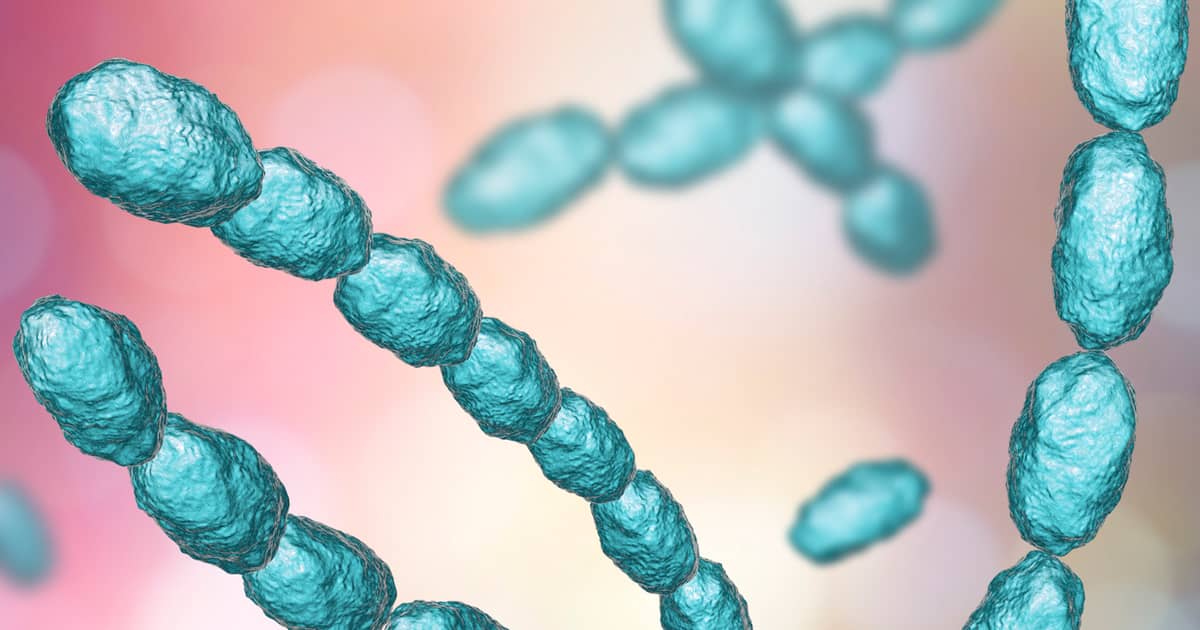When it comes to bacterial STIs, chlamydia and gonorrhea may be the two most common infections that occur globally. However, among all sexual diseases caused by bacteria, chancroid might be one most people have not heard of. Haemophilus ducreyi is the causative organism behind this disease. This bacterium affects the tissues around the genital area. Chancroid is mostly found in developing countries but is relatively rare in developed countries. According to the Centers for Disease Control and Prevention (CDC), chancroid is prevalent in Asia, Africa and the Caribbean.
One defining characteristic of chancroid is the presence of genital ulcers. Chancroid may begin as tender bumps. These bumps are filled with pus. As they open up, these bumps will turn into sores (ulcers). Chancroid is quite easy to treat but highly infectious. This sexual disease cannot be underestimated because it is an important cofactor in HIV transmission and acquisition.
Chancroid’s transmission and risk factors
The pus-filled bumps that become open sores or ulcers may release a contagious fluid containing bacteria. Chancroid can spread through oral, anal and vaginal sex. Not limited to sexual activities, this disease can be transmitted via skin-to-skin contact with an infected person. Although Haemophilus ducreyi is really infectious, this bacterium does not normally attack intact skin.
As with other sexual infections, sexually-active people are more at risk of contracting this disease. Another risk factor is if a person goes to or lives in a country where this disease is prevalent. Over the years, incidence rates for chancroid have dwindled globally and outbreaks are rare in developed countries.
- Chancroid is more commonly found in heterosexual males than females, especially in uncircumcised men
- Risks are greater if men are engaging in sex with commercial sex workers
- Risky sexual practices such as consuming drugs and alcohol also increase the chances of getting the disease
Symptoms of chancroid
The signs of chancroid may vary from person to person, but the incubation period typically ranges from 4 to 10 days. Initially, an infected person will have small, red and painful papules. These papules will eventually turn into larger pustules until they break down into ulcers. Genital ulcers resulting from chancroid are shallow, soft, ragged and painful. Their sizes vary and often amalgamate. Ulcers are deep and can bleed easily. Severe erosions in ulcers can result in the destruction of tissue. Chancroid usually occurs in areas that are most exposed to friction during sexual activities.
- Chancroid in men
The areas of a penis that are normally affected by chancroid are the foreskin, glans and corona. If chancroid is not treated, 50% of the time it will develop into inguinal lymph nodes. These lumps are hard and painful and are also known as ‘buboes’. Buboes can grow in either one or both sides of the groin and can rupture and excrete pus.
- Chancroid in women
Genital ulcers in women can take place on the labia, cervix, perineum, and vaginal entrance. Some women may develop no symptoms at all, but when signs are present, they usually revolve around pain when urinating or defecating, rectal bleeding and painful intercourse.
Diagnosing chancroid
Diagnosing chancroid is quite challenging because health professionals cannot rely solely on visual examinations (because the lesions may resemble genital herpes and syphilis) and currently, no blood tests are available to diagnose this disease. To accurately diagnose the disease, medical professionals have to take the sample of the fluids that contain the culture of the bacterium and examine them in a laboratory. The CDC, however, came up with criteria that may predict if a person has chancroid. The following four criteria must be fulfilled:
- One or more painful genital ulcers are present
- A clinical presentation that shows the appearance of genital ulcers and lymphadenopathy that is typical of chancroid
- Making sure that the person is not suffering from syphilis after NAAT examination, serologic tests and PCR at least 7-14 days after ulcers first appear
- Making sure that the person is free from Herpes simplex infection
Treating chancroid
Chancroid can be treated with antibiotics. The treatment for chancroid should be done immediately and the kinds of antibiotics for this disease are azithromycin, ciprofloxacin, ceftriaxone, or erythromycin. To be more specific, below are some recommendations of the dosage that should be followed:
- Oral consumption of azithromycin (a single dose of 1g) or 250 mg of ceftriaxone
- Oral consumption of 500 mg of erythromycin (4 times a day for 7 days)
- Oral consumption of 500 mg of ciprofloxacin (2 times a day for 3 days)
It is important to remember that pregnant and lactating women should not take ciprofloxacin. Improvement after antibiotics consumption can be seen after 3-4 days and after 7 days, the resurfacing of a wound with new epithelium should happen. Complete healing totally depends on which part of the skin is infected, the person’s immune system and the severity of buboes. If healing is taking longer than 7 days, buboes may need to be drained by needles or surgery. Failure of healing can also be associated with antimicrobial resistance, not following through with the recommended treatment and other possible diagnosis.
If left untreated, genital ulcers may last for 1 to 3 months and may cause scarring. Furthermore, untreated chancroid may facilitate the acquisition and transmission of HIV by creating a CD4-rich environment.
A person suffering from chancroid should abstain from any sexual activities until the full healing of every lesion. Sexual partners of an infected person have to be notified and need to receive treatment even when symptoms are not present, particularly if sexual activities take place within 10 days before the start of the genital ulcers.
Shim Clinic is a STD clinic in Singapore that provides STD testing, diagnosis and STD treatments. We also specialize in prevention methods such as HIV PrEP (preventative medicine for people at risk for HIV), HIV PEP (which is best taken within 72 hours after a possible exposure to HIV) and HPV vaccine (Gardasil-9).

